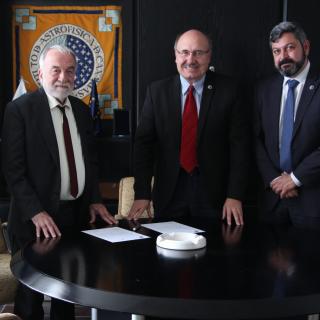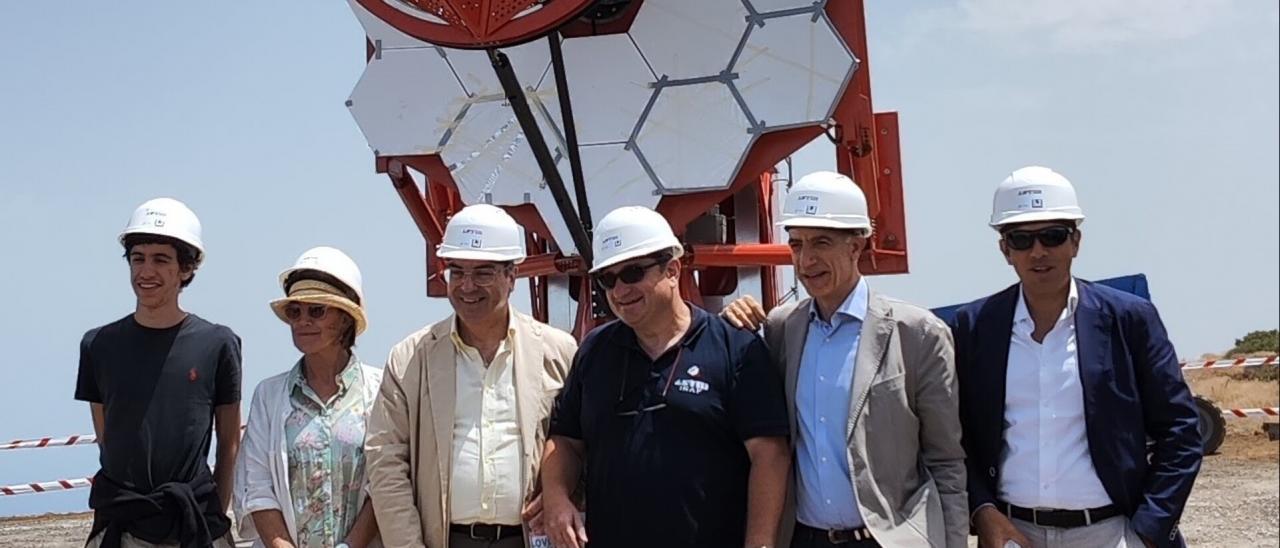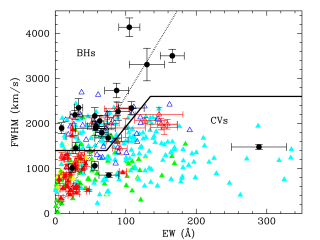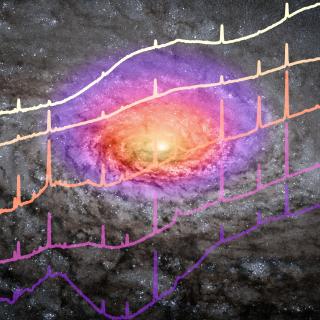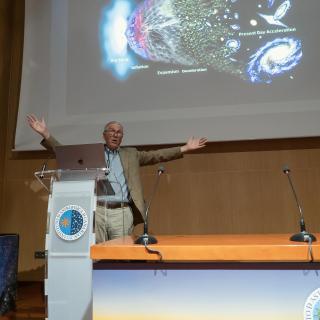Esta semana, la junta directiva del Istituto Nazionale di Astrofisica de Italia ha visitado el Instituto de Astrofísica de Canarias para ver in situ, entre otros, el avance de la instalación de la red de telescopios ASTRI. Este proyecto mejora considerablemente las capacidades actuales de captación de eventos de alta energía del universo e incluye elementos innovadores para reducir su impacto medioambiental y mejorar la eficiencia energética del observatorio.
A delegation of the board of directors of the Italian Istituto Nazionale di Astrofisica (INAF), including its president, vice-president and scientific director, visited the facilities of the Instituto de Astrofísica de Canarias (IAC) this week. After seeing, together with the IAC director and CIEMAT researchers, the camera of the second Large Size Telescope (LST) of the Cherenkov Telescope Array (CTA), at IACTEC, the visitors went up to the Teide Observatory (OT), accompanied by the deputy director of the IAC, the observatory administrator and the project director, to check on-site the progress of the installation of the ASTRI telescope network. This project, the result of a collaboration agreement between the two organisations, will set up nine 4-m Cherenkov telescopes to study the Universe in gamma rays. This network will extend the sensitivity of current systems by several hundred TeV (teraelectronvolt), thus reaching an energy range that is virtually unexplored to date.
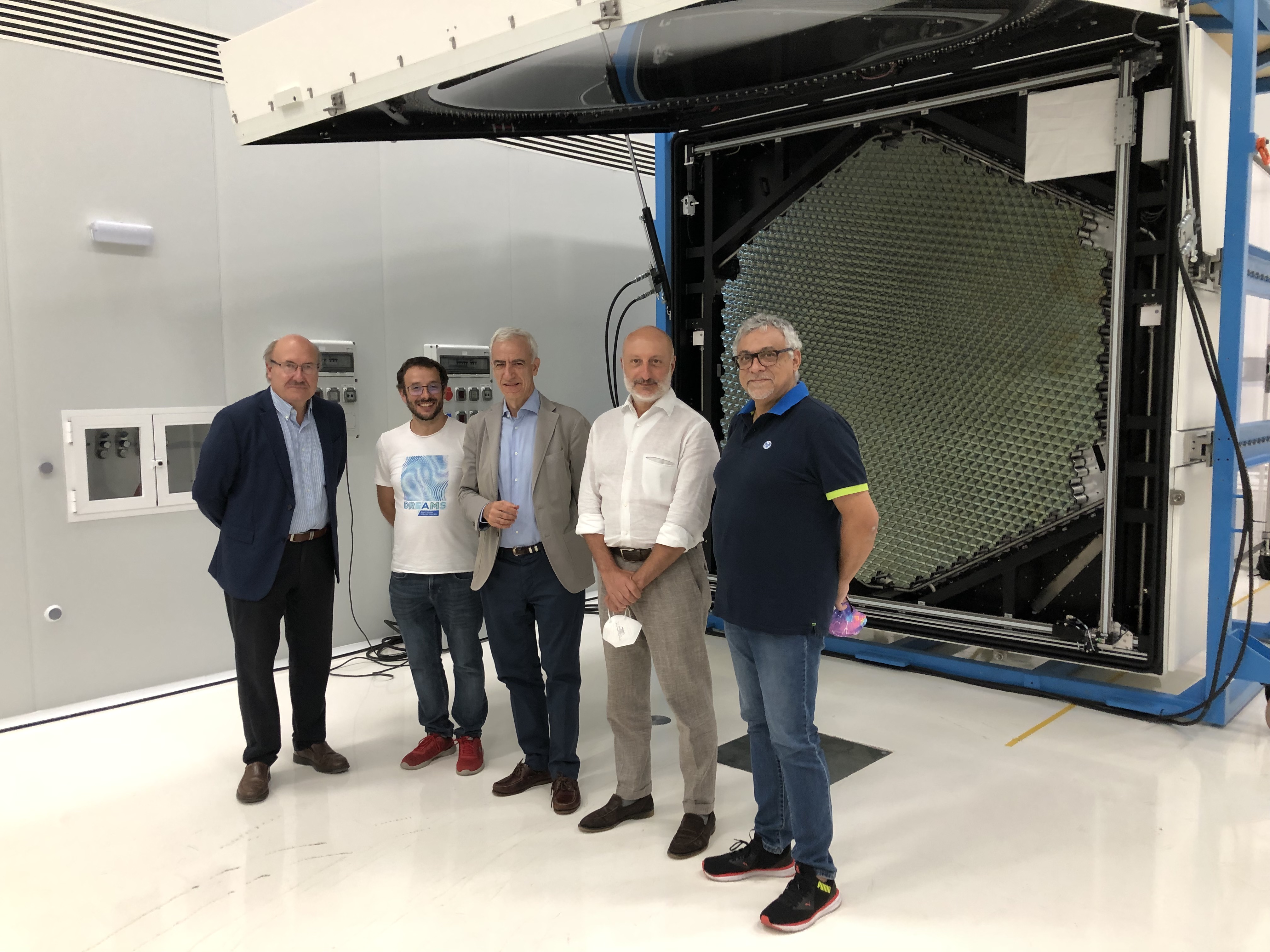
In line with all of the IAC's activities on the land on which its observatories are located, environmental protection plays a fundamental role in the design and construction of the project. The excellent collaboration between the IAC and ASTRI from the beginning has led to improvements in the initial project to reduce its environmental impact further. Thus, only the naked telescopes will be installed on the ground, taking advantage of existing mounds to erect their platforms and taking the utmost care to integrate the materials and architectural elements with the surroundings. The rest of the ancillary infrastructure will be housed in buildings already in place. An innovative aspect is installing the computing room in a basement in the observatory's residence, which will allow using the heat emitted by the hardware to heat the rest of the building in winter and improve the observatory's energy efficiency. In addition, the THEMIS solar telescope, belonging to the French Centre National de la Recherche Scientifique (CNRS), also located at the OT, has provided space for the ASTRI network control and operations room.
The INAF delegation then travelled to La Palma to visit the Telecopio Nazionale Galileo, the MAGIC/LST telescopes and the Gran Telescopio Canarias at the Roque de los Muchachos Observatory.

